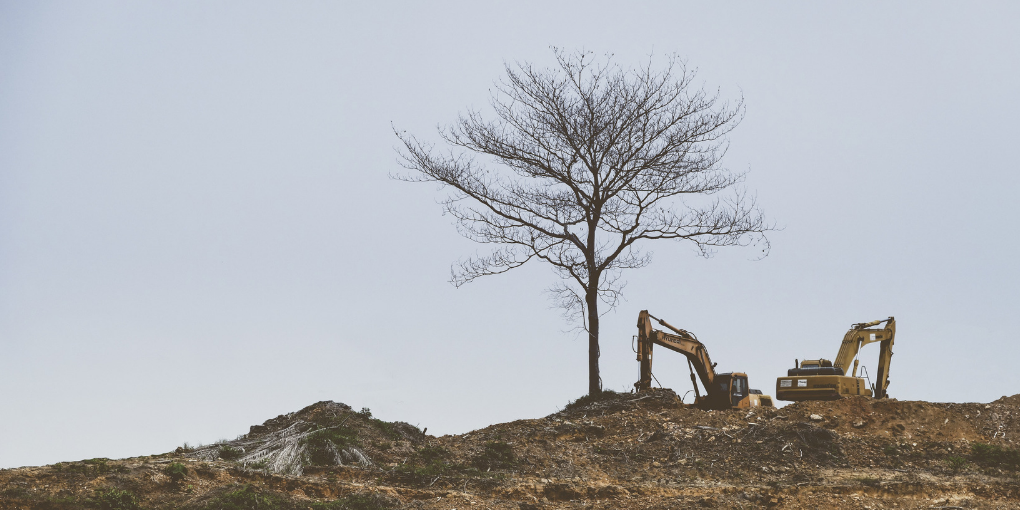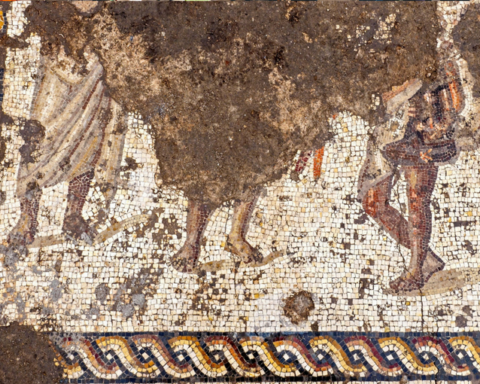A recent finding by an Israeli archeological team from the Hebrew University paints a new picture of our ancient ancestors, who lived in the greater Levantine region some 50,000 years ago. Common findings show that Neanderthals dwelled inside caves and rocks; yet the new discovery in the Ein Quashish site proves otherwise. The 675-meter site near Haifa is now thought to have been an open-air settlement of the Neanderthals. Based on findings, it is believed to have been their ‘homebase’ for about 10,000 years during the Paleolithic era. This contradicts prior thought that it was more of a stop and go space for specific activities and rituals.

The archaeological site sits beside the Kishon River, and has been excavated since 2013, when the Hebrew U team, led by Professor Erella Hovers, was called in amidst a road construction project. Aided by the Israel Antiquities authority, the team excavated a series of bones and tools.
The discovery adds another layer to what ancient humans could have considered home, and also displays how mobile, or not, they were as a tribe. The discovery offers a peek into the past of the human evolutionary behavioral patterns, proving that Neanderthals were indeed, resilient beings.








